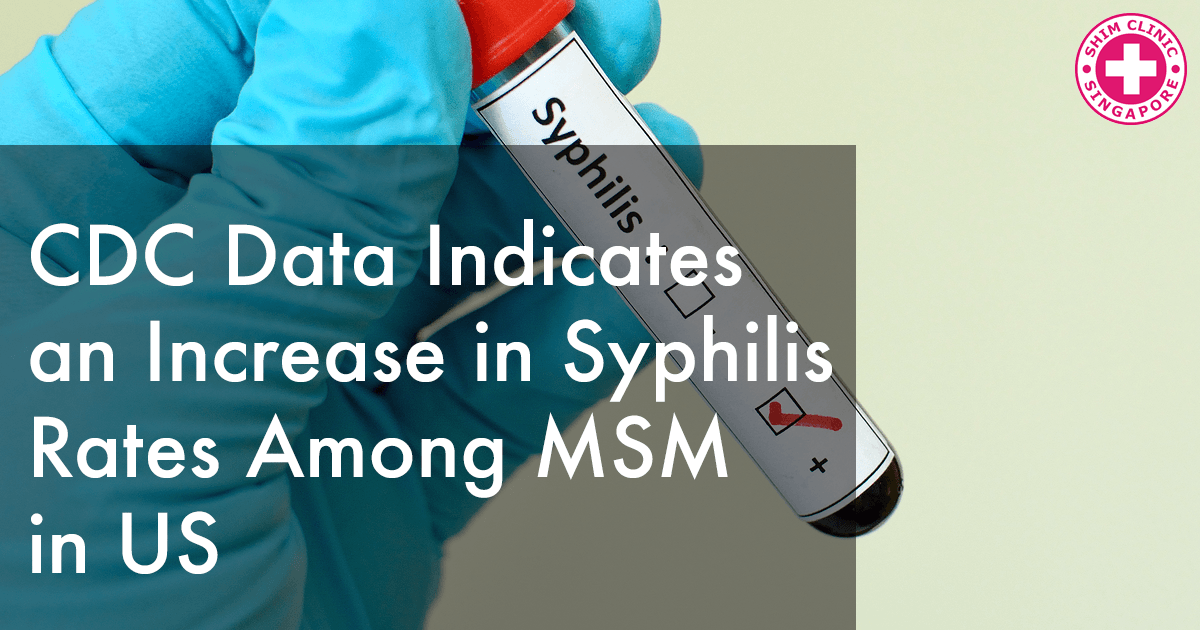A presentation done at the 2016 STD Prevention Conference in Atlanta revealed that cases of syphilis among gay and bisexual men in The States have continued to go up. The highest cases of syphilis in this group have been reported among men in the south.
In another related study, 11% of gay and bisexual men in 20 US cities tested positive after a screening process for syphilis was conducted the past year.
The study that was conducted by Alex de Voux and colleagues at the US Centers for Disease Control and Prevention (CDC). In their study, they calculated the very first state-level projections of primary and secondary rates of syphilis among men who have sex with men (MSM).
The study found that CDC had reported that the rates in the US have been rising in recent years. For instance, in 2014 there were more than 63,000 new syphilis cases reported. Out of this, 20,000 were cases of primary and secondary syphilis. A majority (80%) of these 20,000 cases had occurred among MSM. This was a 15% increase of syphilis cases from 2013 to 2014. The rates then went up by another 19% from 2014 to 2015.
The CDC researchers used the 2015 national syphilis case report data generated by the National Notifiable Diseases Surveillance System as well as 2014 evaluations of the total number of gay and bi men state by state to come up with their estimates.
4 Times more Cases of Syphilis among MSM Compared to Heterosexuals
It was previously not possible to generate state-level syphilis estimates among gay men because the state-by-state projections for this population were not available. This data was, however, provided by researchers at Emory University.
The CDC researchers studied 44 US states in 2015 and reported 17,887 first and second stage syphilis cases among males of all sexual orientation in these states. The cases for women in the same 44 states were at 2030.
From the data collected among the men, 12,118 MSM, 2866 heterosexual men and 2903 men with partners’ sex was unknown had syphilis. The national rates of syphilis among gay and bi men in 2015 stood at 309.0 cases per 100,000. This was in comparison to 2.9 per 100,000 among heterosexual men.
The study reported about four times as many cases of syphilis among MSM compared to cases among heterosexuals. At the same time, when you take into account that the MSM are fewer in population than heterosexuals, then the rate becomes 107 times higher.
3 Stages of Syphilis Development
The initial syphilis infection is normally indicated a single lesion in the genital or anal region the area through which Treponema pallidum bacteria enters the body. The lesion will typically be painless and will heal on their own. In most cases, they may even never be noticed and patients will normally not get any STD testing done at this stage.
However, if the lesions are left untreated the initial infection advances to the secondary stage. This stage is marked by a rash on the skin, and the palms and soles of the feet. The rash can sometimes come along with fever, fatigue, swollen lymph nodes, and other flu-like symptoms.
Just like in the initial or primary syphilis stage, the secondary stage symptoms can go away without any treatment. All the same, the bacteria remains in the body and if untreated the infection will progress to the latent stage. The latent stage can go on for years without any symptoms. A few people will also develop late-stage syphilis. This stage is dangerous as it can cause damage to the heart, nervous system, eyes, and other organs. In cases where the patients are pregnant, they can pass on congenital syphilis to their unborn babies.
Get Tested At Shim Clinic
If you are experiencing any of the symptoms and you have had a recent sexual encounter, make an appointment with Shim Clinic in Singapore to get tested, not only for syphilis, but to test for HIV as well. Many HIV symptoms are similar to Syphilis including fever, swollen lymph nodes as well as fatigue.


Pingback: CDC Data Indicates an Increase in Syphilis Rate...